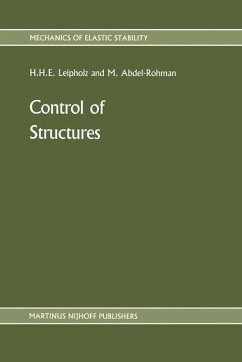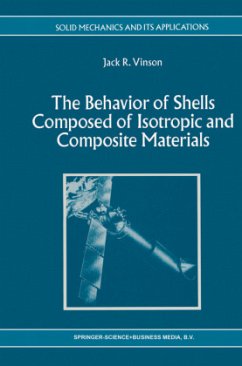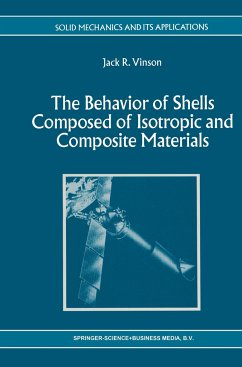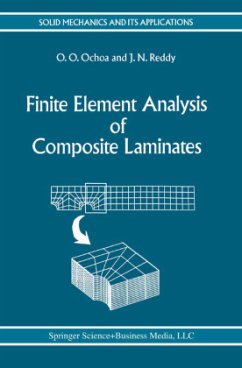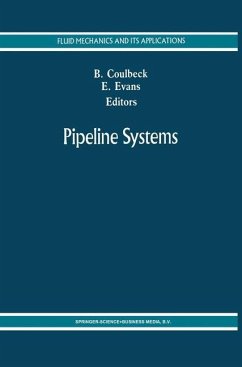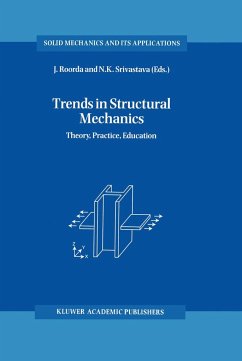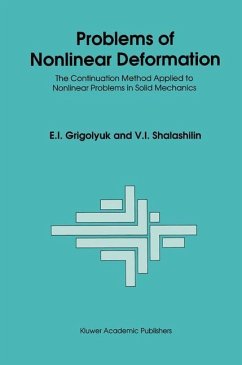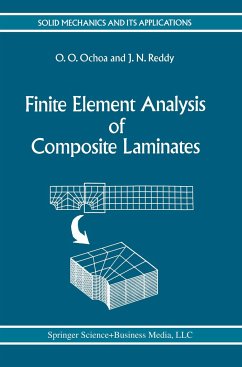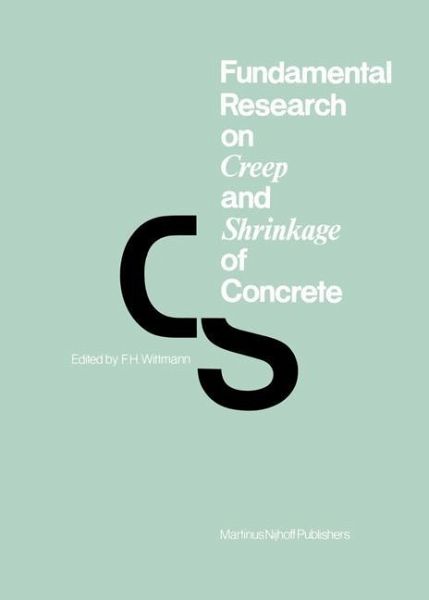
Fundamental Research on Creep and Shrinkage of Concrete
Versandkostenfrei!
Versandfertig in 1-2 Wochen
153,99 €
inkl. MwSt.

PAYBACK Punkte
77 °P sammeln!
Today research on creep and shrinkage of concrete is diversified to such a degree that specialists working in different areas sometimes find it difficult to understand one-another. Materials scientists are mainly interested in processes on a microstructural level but they do not necessarily understand the relevance of time dependent deformation in structural design. On the other hand engineers who apply simplified model laws in non-elastic structural analysis are not always in the position to judge the limitations implied in their approach. It is generally realized that further development can...
Today research on creep and shrinkage of concrete is diversified to such a degree that specialists working in different areas sometimes find it difficult to understand one-another. Materials scientists are mainly interested in processes on a microstructural level but they do not necessarily understand the relevance of time dependent deformation in structural design. On the other hand engineers who apply simplified model laws in non-elastic structural analysis are not always in the position to judge the limitations implied in their approach. It is generally realized that further development can be stimulated by a more effective exchange of results and ideas among the different groups involved. In an attempt to bridge this obvious gap in September 1980 there was a Conference organized at Swiss Federal Institute of Technology in Lausanne. The papers presented at this meeting covered the wide range starting with microstructural aspects and mechanisms and including constitutive modelling and structural creep analysis. These contributions together with summaries of two panel discussions are being published in this volume. All serious of the meeting have been introduced by invited lectures. These papers will be published in a special volume "Creep and Moisture Effects in Concrete". This special volume is rather to be a general survey of the different areas covered while the present conference proceedings provide a unique selection of research papers. Nowadays time-dependent deformation of concrete can be taken into consideration realistically by computerized structural analysis.





